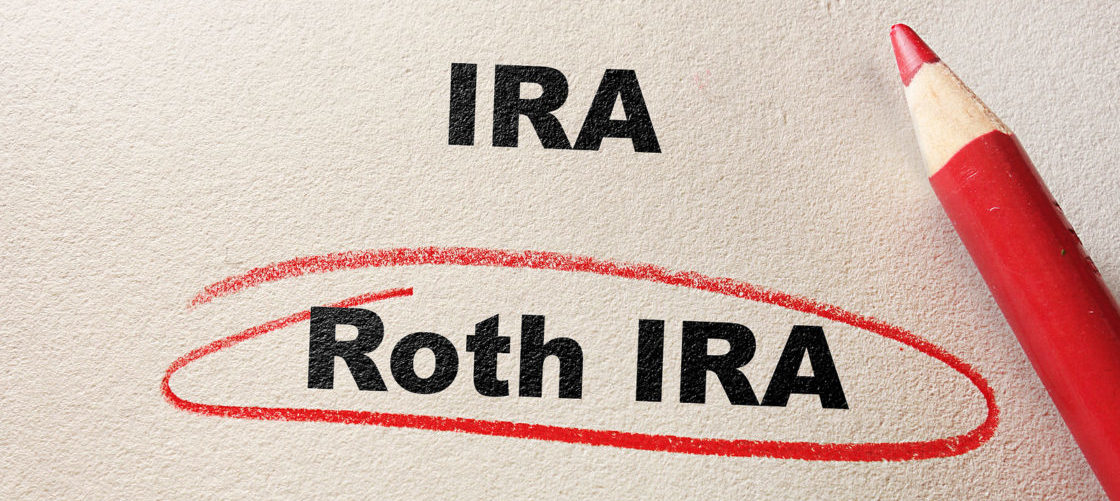Here’s a pleasant surprise from the U.S. government: The 2018 new tax law could be offering you a once-in-a-lifetime opportunity.
For one year—and maybe not much longer—you have the chance to make a single money move that could increase your Growth Engine’s output by thousands or even tens of thousands of dollars down the road.
To help you navigate the complexity of tax legislation, we’ll walk you through key changes to the law, how they might impact your Growth Engine and how you can best take advantage of this unique financial opportunity.
What’s Happening With Taxes?
Ready for some good news when it comes to taxes? Starting in 2018, most people will find themselves in a lower tax bracket. In fact, two big changes are shaking up your U.S. federal tax brackets this year:
- For many, the tax rate is decreasing. Here’s just one example. In 2017, if you were married filing jointly, with a taxable income in the range of $19,050 to $77,400, your tax rate was 15%. For the 2018 tax return, that 15% tax rate drops to a 12%.
- The maximum income for the tax brackets is increasing. In 2017, you could make up to $238k and land in the 28% tax bracket. But in 2018, you can now earn up to $315k to qualify for that bracket. (And, as a bonus, the 28% bracket has transformed into a 24% bracket.)
If you want to see how you’ll be affected, check out this side-by-side comparison of the 2017 and 2018 U.S. federal tax brackets.
So What Does Tax Reform Have To Do With My Growth Engine?
The Growth Engine within your Freedom Generator harnesses the power of time and compound interest to maximize your investments. So, as time goes by, you’ll have access to a sizable sum that’s increasing the output of your Income Generator. This is money you’ll have access to at the traditional age of retirement. Regardless of how long you’ve been Financially Free at that point.
 Now, it’s said that death and taxes are two of life’s certainties. But what those tax rates will be in the future is anything but certain.
Now, it’s said that death and taxes are two of life’s certainties. But what those tax rates will be in the future is anything but certain.
If you’re filling your Growth Engine with tax-deferred investments through a 401(k), 403(b) or traditional IRA, you will pay taxes when you withdraw. And you have no way of knowing what that tax rate will be.
But here’s what’s interesting. Experts predict that, with the recent tax changes, your tax rate right now is likely at or close to an all-time low.
Why? Because, pretty soon, the government is going to need some extra funds to stay afloat. A recent Money Magazine article points to increasing federal debt and the impending financial strain of government support for Baby Boomers through Social Security, Medicare, and Medicaid.
So, what if you could take advantage of today’s low tax rates and effectively lock them in now? Instead of wondering how much money your Growth Engine will produce after taxes decades down the road, what if you could pay taxes at today’s rates, keep more money for yourself (instead of the government) and better predict your future finances?
Right now, tax brackets at a level you might not see for the rest of your working years. Why is this important? Because this might be the year to consider a Roth IRA conversion.
What Is A Roth IRA Conversion?
When you contribute to a tax-deferred retirement vehicle—like a 401(k) plan or a traditional IRA account—you save on today’s tax bill. Every dollar you contribute comes off your taxable income for the year and grows tax-free in your account. When you withdraw that money down the line, every dollar you pull out is taxed as ordinary income according to your tax bracket at that time.
When you contribute, however, to an after-tax retirement vehicle like a Roth 401(k) plan or a Roth IRA account you pay taxes on your contribution today. The money you withdraw at retirement age is 100% tax free. That means you pay $0 in taxes on your contributions to a Roth account and all the gains that your investments have earned over the years at the time of withdrawal.
 Contributing to a Roth is a great way to lock in today’s tax rate. But you are constrained by annual contribution limits and income restrictions. To really take advantage of after-tax savings, consider transforming some or all of your existing IRA investments into Roth IRA investments.
Contributing to a Roth is a great way to lock in today’s tax rate. But you are constrained by annual contribution limits and income restrictions. To really take advantage of after-tax savings, consider transforming some or all of your existing IRA investments into Roth IRA investments.
The process is called a Roth IRA conversion. Regardless of income level, you can pay taxes on tax-deferred retirement funds and move them over to a Roth IRA. Your brokerage firm likely has a straightforward paper or electronic form that will allow you to make the change.
You won’t incur a penalty for accessing retirement funds early since you’re only moving, not withdrawing, the money. But you’ll have to pay the tax bill—at today’s tax rate—on any money you convert when April 2019 rolls around. Yes, you’ll increase next year’s taxes owed, but you’ll save your future self the heftier tax bill down the line.
What Should I Know About The IRA Conversion Process?
Think you’ll decide to take advantage of a Roth IRA conversion this year? Here are a few tips to maximize your benefit:
- DO talk with your financial advisor or CPA to estimate this year’s tax bill and ensure that you can afford the amount that will be due.
- DON’T pull money out of your IRA account to cover this year’s larger tax bill. If you do, you’ll be acting against what you’re trying to do in the first place. And you’ll pay a major penalty for early withdrawal of retirement funds.
- DO wait until the last few months of the year to process your conversion. The new tax law prevents you from undoing a conversion if the market tanks after you complete the process. Waiting until year’s end, however, will allow you to avoid any big losses that occur during the year.
image credit: Bigstock/zimmytws
